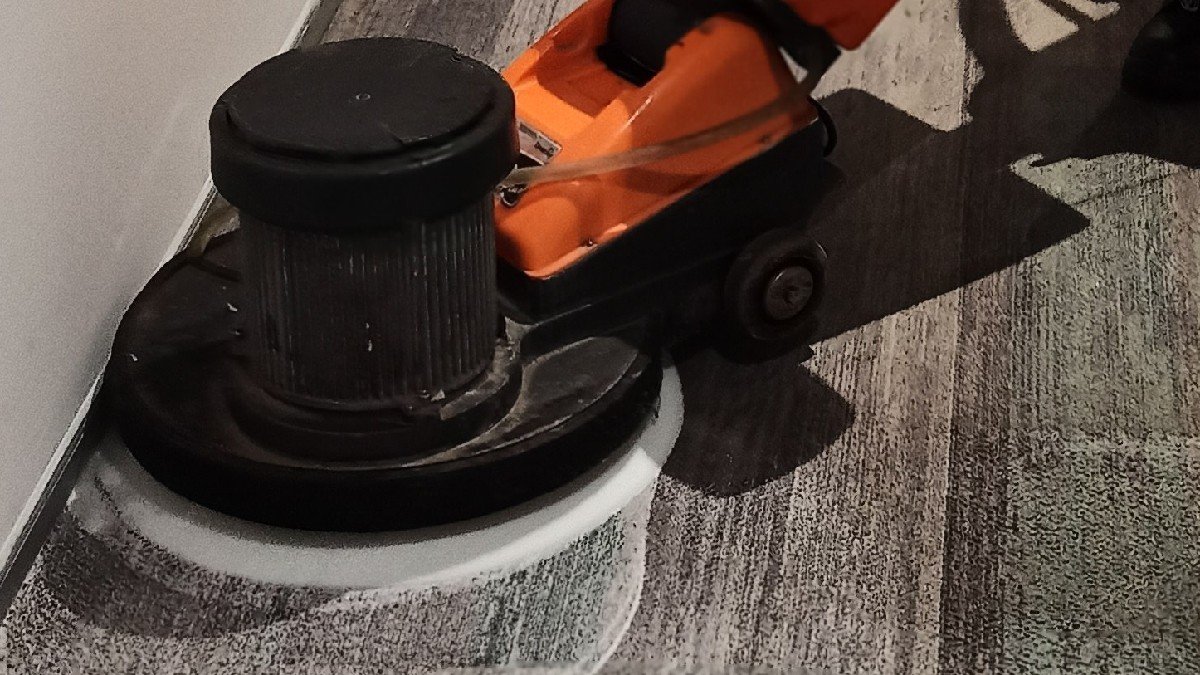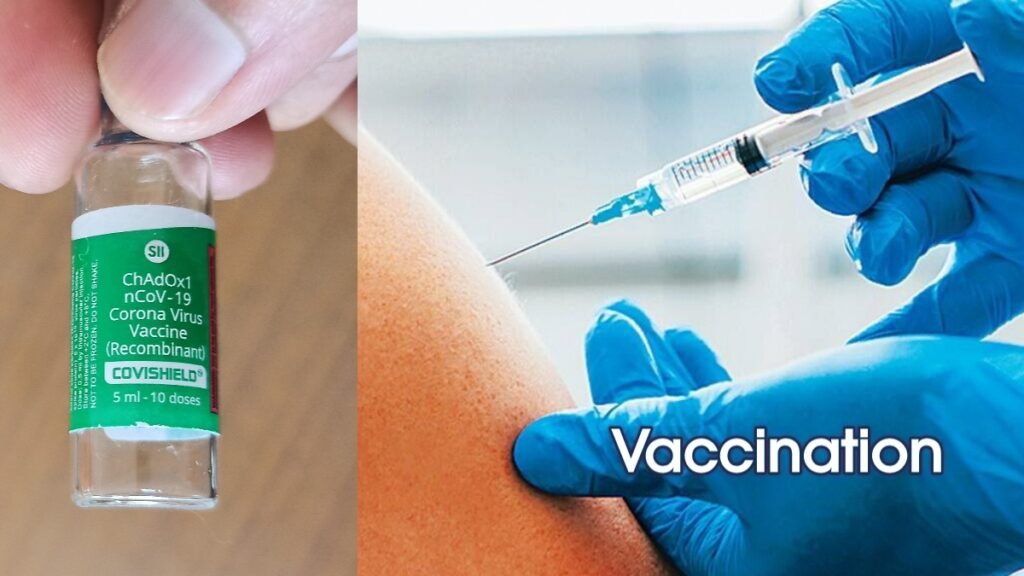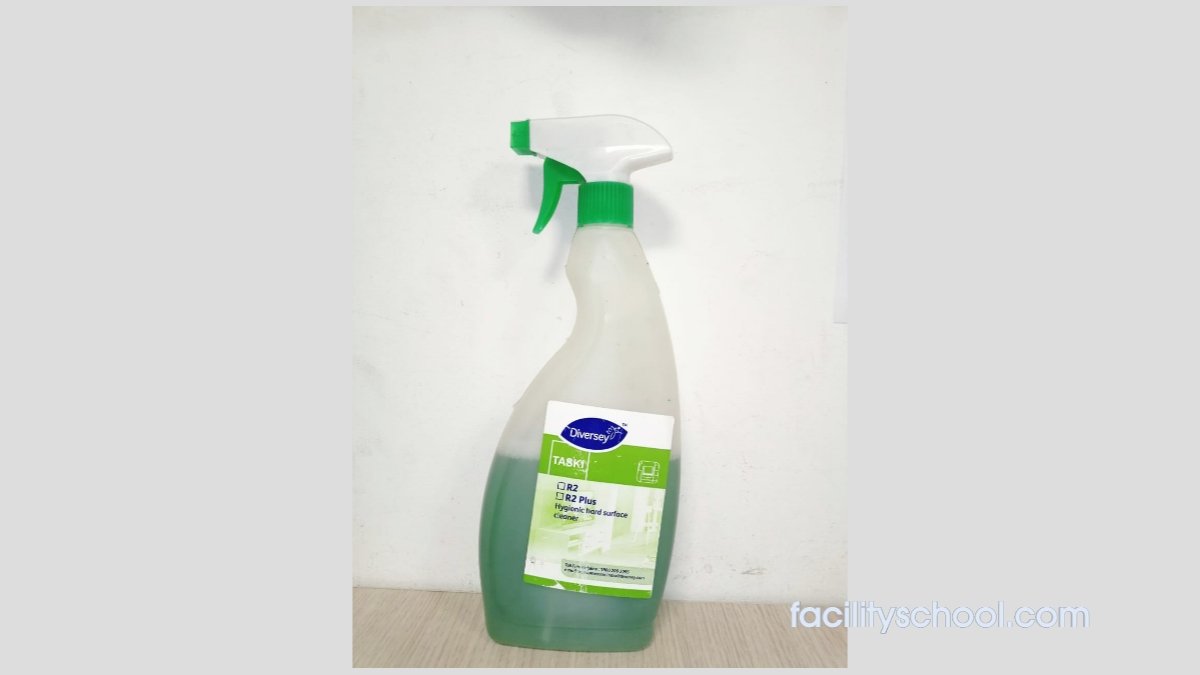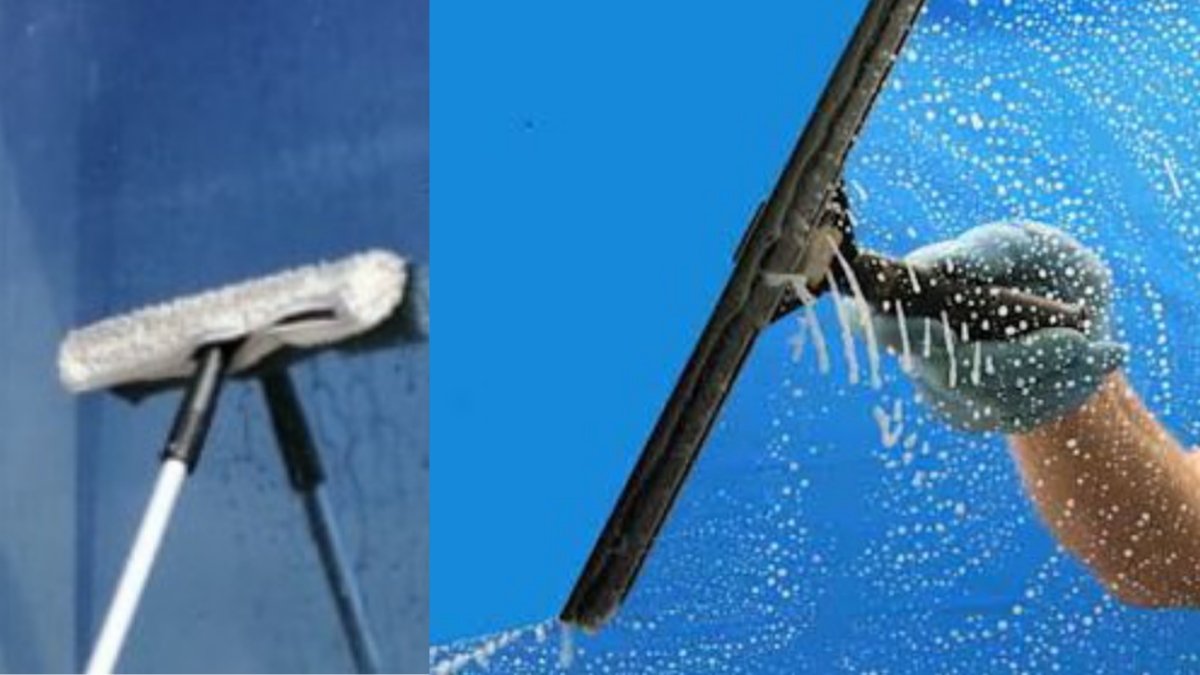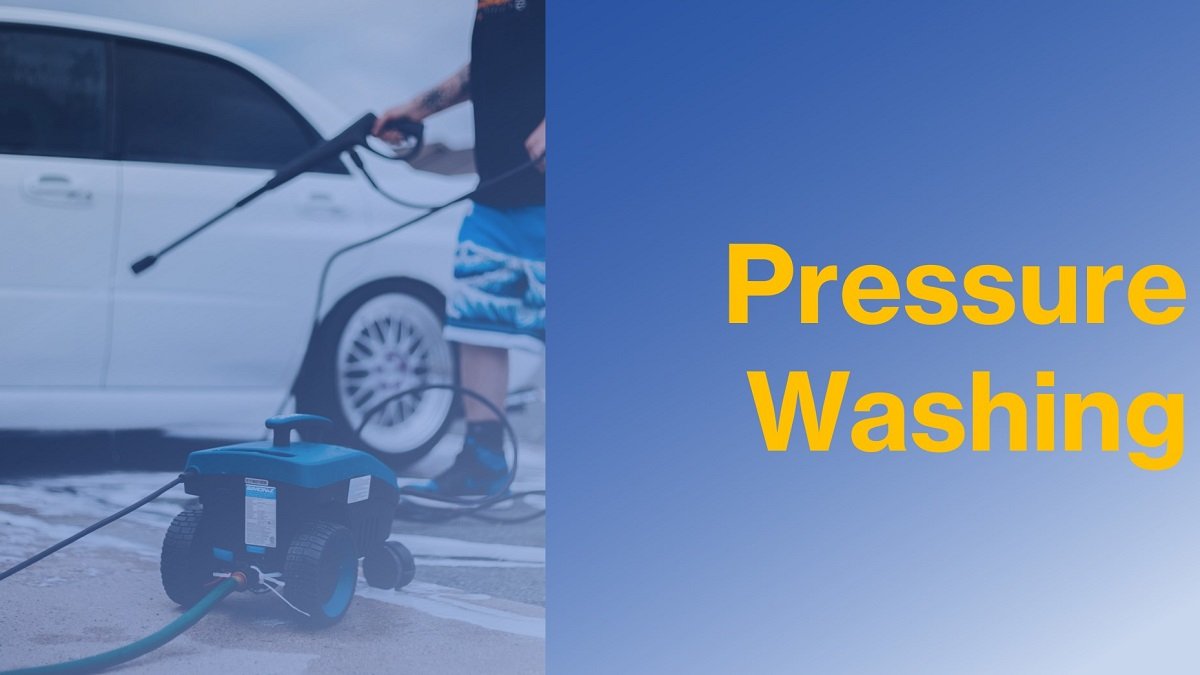Cleaning a bathroom or toilet involves several steps to ensure it is not only visually clean but also hygienically safe. Here is a step-by-step guide for cleaning a toilet, bathroom, or washroom.
Risk Assessment:
Before starting any cleaning activities, it is crucial to conduct a risk assessment to identify potential hazards and implement control measures to mitigate them. Here’s a step-by-step guide for conducting a risk assessment.
Identify Risks:
First, we need to identify the risks involved in the activity and apply control measures. This will help prevent accidents. Following hazards are involved in bathroom cleaning.
- Chemical Hazards: Exposure to cleaning agents, especially those containing acids, alkalis or other harmful chemicals.
- Electrical Hazards: Risk of electric shock from water and electrical fixtures.
- Slip and Trip Hazards: Wet floors and cluttered work areas that could cause slips and trips.
- Cuts and Abrasions: Sharp objects or rough surfaces that could cause injury.
Evaluate Risks And Apply PPE:
Assess the likelihood and potential severity of each hazard and implement control measures. It is always recommended to eliminate the hazard if possible. If it cannot be eliminated, substitute the hazard and use administrative controls. If these measures are also not possible, use personal protective equipment (PPE).
- Chemical Safety: Use appropriate chemical bottle, handling procedures, and chemical resistance gloves.
- Electrical Safety: Keep water away from electrical tools. Use waterproof extension boards and Residual Current Circuit Breakers (RCCBs). Seek help from an electrical technician if required.
- Slip and Trip Prevention: Use a “Wet Floor” signage, anti-slip shoes, ensure good lighting, and keep the work areas tidy.
- Preventing Cuts and Abrasions: Handle sharp objects carefully and use protective gloves.
Correct Tools and Training:
Ensure all cleaning tools and equipment are in good condition and appropriate for the task. Provide on-the-job training to all staff or deploy a competent person for the job.
Before Starting The Cleaning:
Gather all necessary cleaning equipment, chemical agents, and personal protective equipment (PPE). Place a “Cleaning in Progress” sign at the entrance. Remove towels, toilet rolls, and other bathroom amenities that might get spoiled during cleaning.
Cleaning Process:
General Approach Method: Clean from top to bottom, in a clockwise or counterclockwise direction, to ensure no areas are missed.
Chemical Usage: Three types of cleaning agents are required for bathroom cleaning. general purpose cleaner (bathroom cleaner/detergent) for floors and walls, a hard water scale remover (descaler), and a toilet bowl cleaner. Note that toilet bowl cleaners contain acid, which can damage the outer layer of surfaces, so avoid using them on surfaces outside the toilet bowl.
Dry Cleaning Dust Removal: Clean the walls, floors, and fittings with a soft broom or dry duster to remove all dust particles. Removing dust helps prevent streaks or stains during wet cleaning.
Wet Cleaning Process:
Clean the walls, floors, mirrors, and fittings using a general cleaner or specified washroom cleaner solution. Wet mop or wash the walls and floors to remove dirt and grime and don’t forget to clean the corners. Use a damp duster to clean the fittings, ensuring they are free of dust and stains. Carefully scrub any stains using an appropriate scrubber to avoid damaging the surfaces. Apply a scale remover on sinks and urinals to eliminate watermarks. Choose the right cleaning materials for different surfaces to prevent damage.
Toilet Bowl Cleaning:
Flush the toilet and lower the water level using a toilet cleaning brush. Apply the toilet bowl cleaner to the inside, ensuring thorough coverage, and let it sit for 5 to 10 minutes. Scrub the bowl with a brush, and use a scrubber for stubborn stains. Use wet duster to clean seat cover and outer area of toilet bowel.
Closing Process:
Check all area and fittings to ensure nothing is left to clean , and replace bathroom amenities if needed. Ensure all lighting, electrical fixtures, and water taps are working. Use air fresheners to maintain a pleasant atmosphere. Remove all cleaning equipment, PPE, and signage from the toilet area. If cleaning a bathroom in an office, hotel, mall, or commercial space, fill out the checklist.
By following these steps, you can ensure that the bathroom or toilet is both clean and hygienically safe.

